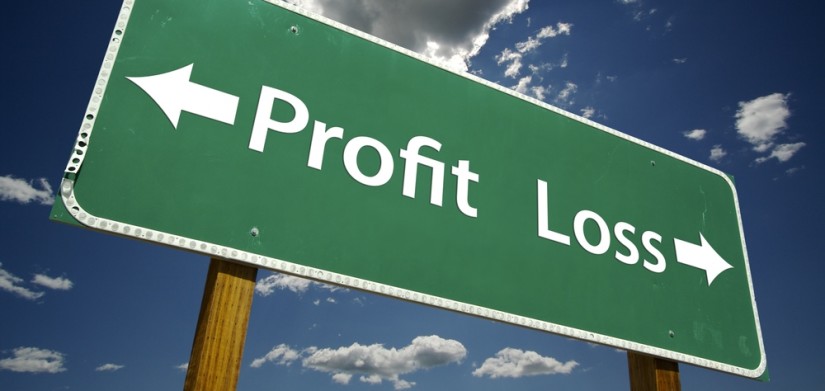Who needs to create a profit and loss account?
Limited Liability Companies must produce a formal profit and loss account every year and submit it to calculate the amount of corporation tax the company needs to pay. If you’re a sole trader or partnership, you don’t need to create a profit and loss account for tax purposes but it’s useful to do one anyway so you can measure and compare business performance over a number of years.
You are likely to need profit and loss accounts if you’re applying for a mortgage, taking out a loan, or seeking other finance for your business.
Small business owners should have an understanding of the basics of accountancy and bookkeeping.
What is a Profit and Loss Statement (P&L)?
A financial statement that summarises the revenues, costs and expenses incurred during a specific period of time – usually a year.
Why would you need it? Here are a few good reasons:
- For anyone interested in actively investing, in your company.
- If you are looking for any sort of future funding for your business.
- It will also help you to know whether or not your business is moving in the right direction.
An accurate Profit and Loss record will be vital towards any of the above. The importance of the information contained in the profit & loss statement cannot be overemphasised.
Profit and Loss for most business owners is overwhelming as the terminology may sound daunting. The good news is that this particular job is incredibly simple and straightforward.
This knowledge will allow you to check how well your business is (or isn’t) doing.
Most business owners do not want to be involved, and hand over all responsibility to their accountant. This is not the best way to run a business, a good business owner of any size should be able to meet with their accountant and discuss the state of their business, the same with your bookkeeper.
The basic system on which a profit & loss statement is based is Revenues – Expenses = Profit.
Profit & Loss Statements are all organised the same way, regardless of the industry. Here is a basic example (this does not reflect any actual Business’s financial figures).
Please note that earnings/net income/profits are not the same as cash or cash flow. It is possible for a firm to be profitable on the profit & loss statement, but not be generating cash flow, and vice versa. To see a company’s cash flow, you will need to examine its statement of cash flows.
The profit & loss (P&L) statement is one of the three primary financial statements used to assess a company’s performance and financial position (the two others being the balance sheet and the cash flow statement).


